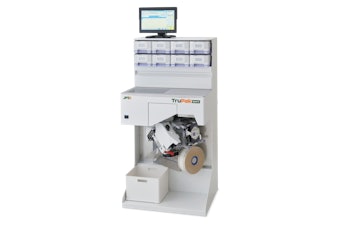
Packaging and medical products are among the end-user segments where the global engineering plastics market is on a strong growth path. Plastics are easy to process, which plays a key role in driving the market as metal substitution gains traction in many end-user segments.
New analysis from Frost & Sullivan regarding the Global Engineering Plastics Market finds that the market earned revenues of $58.63 billion in 2013 and estimates this to reach $86.42 billion in 2020. The study covers acrylontirle butadiene styrene (ABS), polycarbonate (PC), polymethyl methacrylate (PMMA), polybutylene terephthalate (PBT), polyamides and polyoxymethylene (POM).
Visit here for complimentary access to more information on this research.
Critical success factors for plastics market participants include:
• Competitive pricing
• Enhancing the properties of engineering plastics
• Developing new and niche applications such as medical and other specialty grades
• Differentiating products, for instance offering bio-based materials
• Partnering with customers, especially OEMs, to help develop proprietary technologies
"As the global hub for low-cost manufacturing, Asia-Pacific has become the largest consumer of engineering plastics," said Frost & Sullivan Chemicals, Materials & Food Senior Research Analyst Soundarya Shankar. "Production upsurge, especially in countries such as the Philippines, Vietnam, and Thailand further enhance the attractiveness of this region for engineering plastics manufacturers."
However, overall market momentum may be affected by the trend towards miniaturization of electrical and electronics components. The electrical and electronics end-user segment accounts for the largest volume share globally and consumer preference for smaller and sleeker electronic products will affect consumption volume.
"Further, some plastics such as ABS, PC, and polyamides are becoming commoditized," observed Shankar. "To combat maturity of these segments and slowdown in traditional markets such as North America and Europe, many resin makers are developing advanced grades of plastics to open up a new range of applications."





















